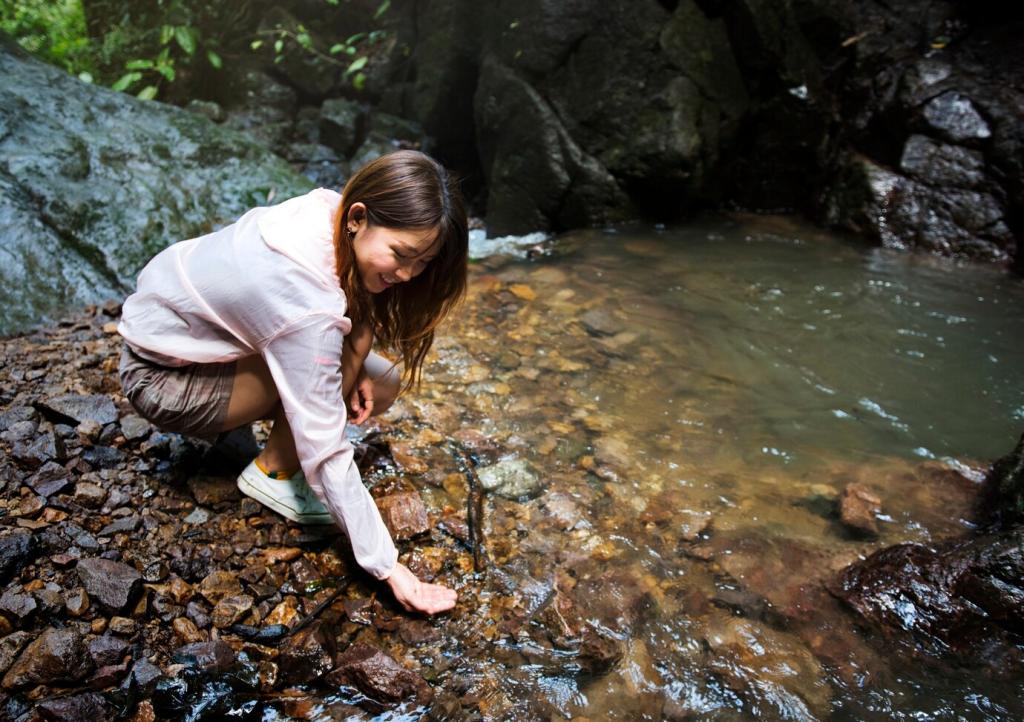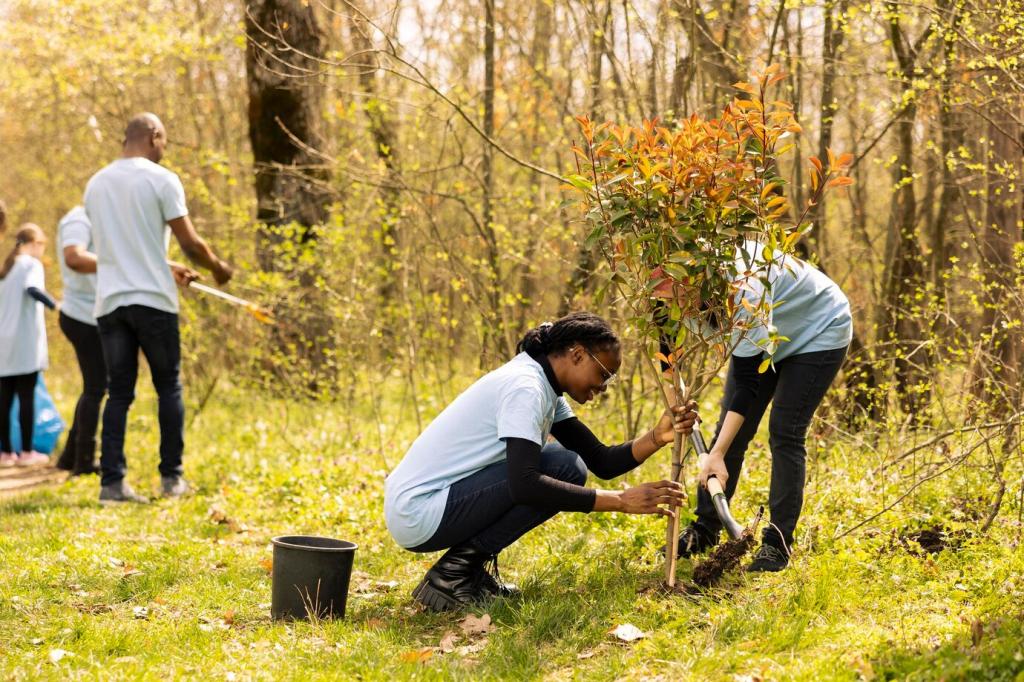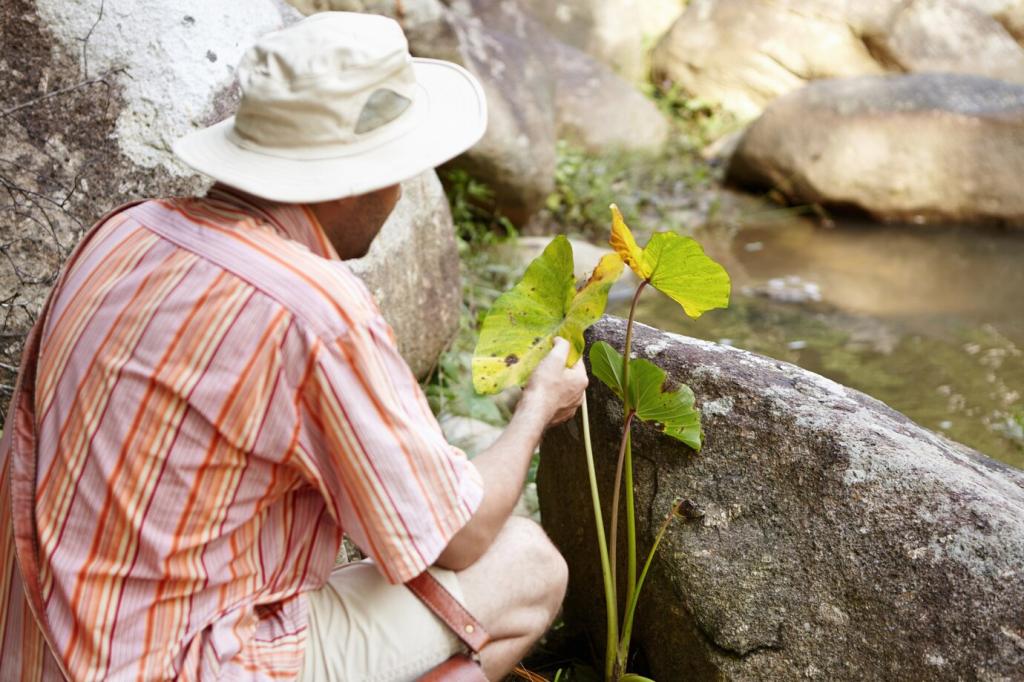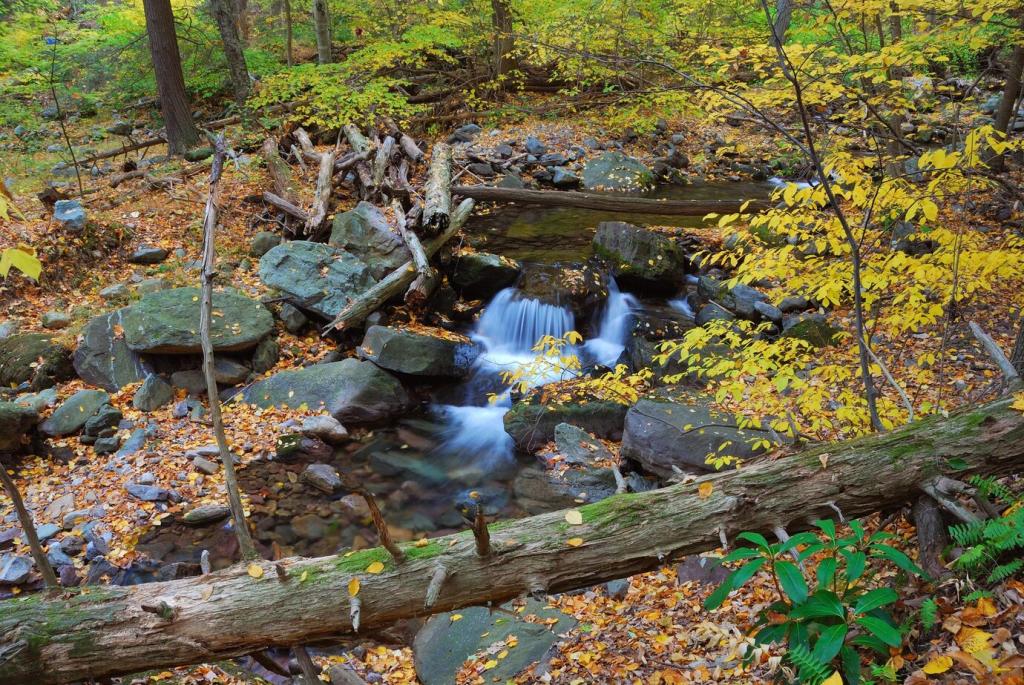Community Science and Transparent Impact
Families used a simple app to record bees, beetles, and birds. Kids loved scanning QR tags on shrubs to learn species names. Over months, sightings climbed—evidence that neighborhood care translated into real urban habitat gains.
Community Science and Transparent Impact
A public dashboard showed survival rates, volunteer hours, and maintenance notes. Transparency encouraged problem-solving instead of blame when a heatwave stressed saplings. Share which data you want spotlighted, and we will refine the dashboard together.




